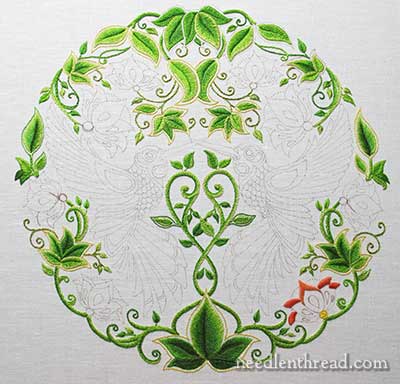May 5, 2014
Secret Garden Flowers: Thread Colors & Stitch Details
The other day, I gave you a little sneak peek at the flowers on the Secret Garden project, and today, as promised, we’ll chat about colors and stitches.
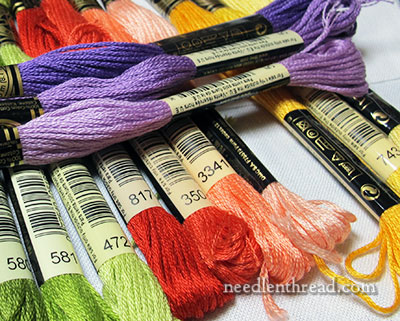
May 5, 2014
The other day, I gave you a little sneak peek at the flowers on the Secret Garden project, and today, as promised, we’ll chat about colors and stitches.

May 3, 2014
It’s only a quick glance today! Next week, I promise we’ll chat a bit more about the flowers on the Secret Garden embroidery project. We’ll look at colors and techniques, and I’ll give you some stitching tips.
But in the meantime, I just wanted to show you a splash of color on the linen, so you can get a sense of where the piece is going. Green, you see, is not the Only Color!
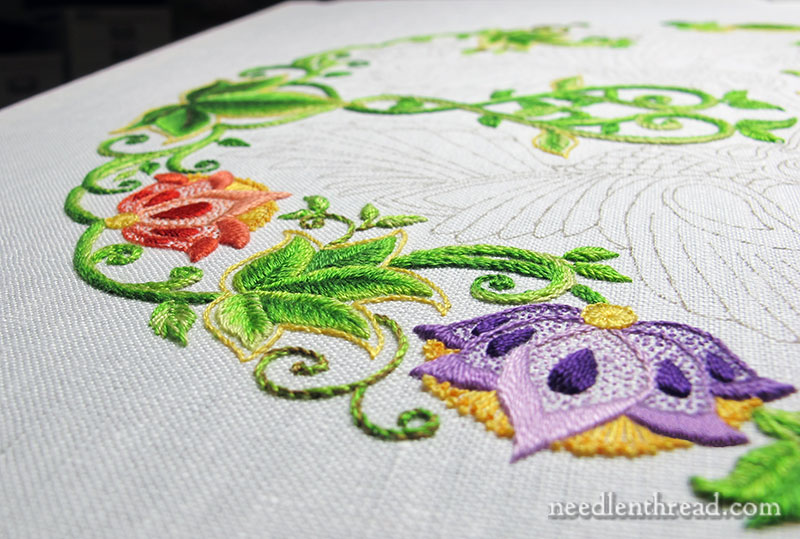
May 2, 2014
Earlier this week, I reviewed this very instructive and thorough Hedebo embroidery book – Guida al Ricamo Hedebo – and today, compliments of Stephania Bressan, I’m giving away a copy.
If you’d like a chance to win your own copy to add to your needlework library, read on…
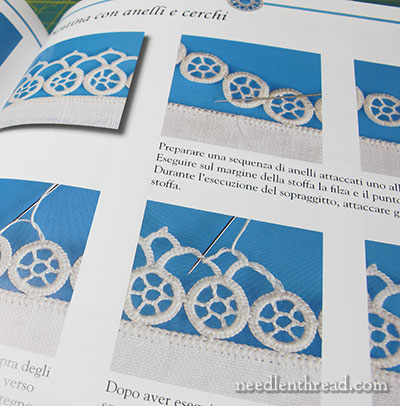
May 1, 2014
When it comes to learning a new embroidery technique or improving your skills in a technique, I think one of the best ways to learn, short of private classes, is to work a kit designed by an expert in that particular technique.
I never hesitate to recommend stitchers to various designers around the world who provide excellent instruction through their embroidery kits.
When it comes to authentic crewel work, Phillipa Turnbull’s Crewel Work Company, located in the UK, produces beautiful, historical crewel kits replete with all the right materials and excellent instructions.
During May, Phillipa is offering something special to readers here on Needle ‘n Thread – an excellent way to learn crewel work, with an extra component beyond a kit. Read on, read on…
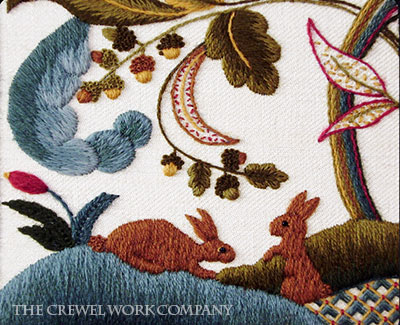
April 30, 2014
Hedebo embroidery is a type of whitework originating in Denmark, perhaps as early as the 15th century (according to Flora Klickmann in The Cult of the Needle).
Hedebo is unique style of whitework, in that it involves seven distinct types of stitched elements in its composition, each type being added to the general make up of Hedebo over time as Hedebo developed and evolved. What began as stylized, rather stiff geometric drawn thread embroidery eventually evolved in the early 1800’s to a freer type of openwork ornamented with satin stitch, cutwork, and needle lace.
Today, we associate Hedebo mostly with cutwork and needlelace, as these make up a recognizable part of most Hedebo embroidery.
Guida al Ricamo Hedebo, or Guide to Hedebo Embroidery, by Laura Marzorati and Stefania Bressan, is an excellent beginner’s guide to the basics (and beyond!) of Hedebo. Here’s a closer look at the book.
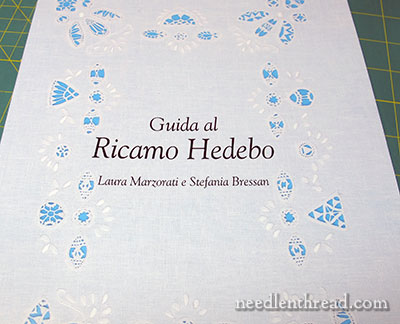
April 29, 2014
Last month, I spent a day playing with silk threads. These silk threads, as a matter of fact.
Last week, I finished up some thread organization with the very same silk threads, which are from The Silk Mill.
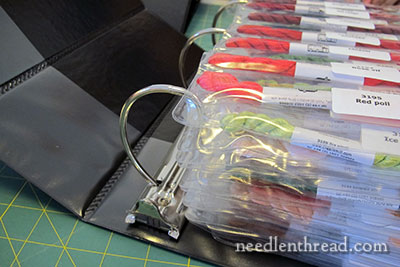
April 28, 2014
Ever since Friday afternoon, I’ve had a song stuck in my head. It goes something like this, to the tune of “On the Road Again”:
The Green is Done. I’m so happy that the Green is Done. It took forever to stitch all that Green. But now it’s over and the Green is Done…
It doesn’t really work rhythmically with the song, except in my own tuneless, rhythm-less way of singing.
Are you glad this isn’t an audio-blog? (Trust me, you’re glad…)
